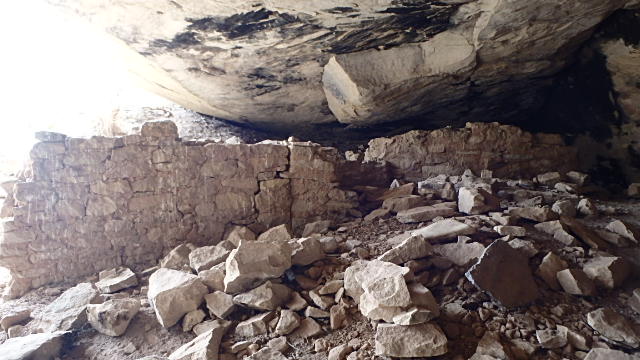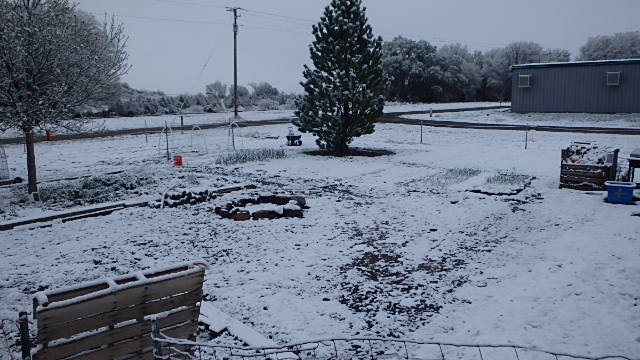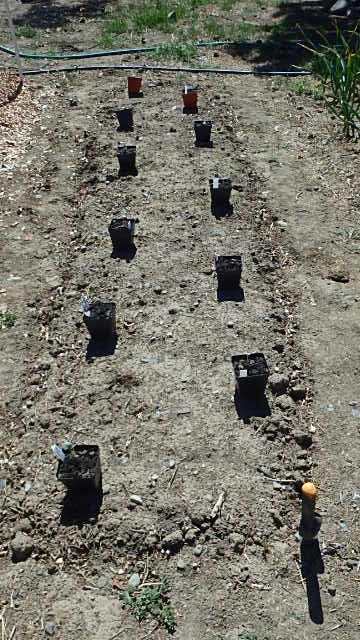It is almost time for the newest chicks to go outside here and I have been in limbo with the plans for them. Originally I was going to use the small tractor that I already had for this batch of chickens, but something came up. The rooster that I was keeping from the meat chicken adventure turned out to be really rough on the girls. Most of them had lost a lot of feathers on their backs, one had started limping and another had a large wound from his overzealous mating habits, so I decided that he could live alone in the bachelor pad for awhile. I still want to keep him to breed since he has such a sweet disposition towards humans, but couldn't let him harm the girls in the meantime. I don't plan on keeping him indefinitely, but I do want to get at least one batch of chicks from him before he goes off to freezer camp. The newest batch of chicks needs a place to go outside and since I wasn't willing to get rid of the rooster quite yet, I decided that I need to build another small chicken tractor to house them.

I was lucky enough to score a nice shipping crate from my real job. It was a well built wooden box that only needed a little reinforcement and a few modifications to become a nice cozy home for more chickens. I simply screwed the sides together tightly and cut a hole for the door for the chickens. I drilled a few vent holes around the top so the small space wouldn't get too stuffy with all the chicks inside. I left the top unattached so that I could have easy access for cleaning, but will probably cover it with a layer of plastic to help it stay drier and warmer inside and to keep the wood from swelling and cracking.
The next step was to build a frame for the run portion of the tractor. I used three ten foot long 2x4 boards, cutting one to the the same width as the coop for each of the ends of the run. I decided that this tractor will be attached to the coop to make it easier to move around the yard, once I get wheels on it. I screwed the boards together into a rectangle, then attached one end to the small coop.
The next step was mounting the pvc pipes to the framework to provide supports for the chicken wire fencing that forms the enclosure. I closed off the far end of the tractor with a piece of plywood, cut to be the same shape as the pvc hoop to make it easier to attach the chicken wire. I cut a hole in the plywood to allow access to the run, making sure that the food and water containers fit through it. Turns out I cut it big enough that I can fit through it too so I can get inside the run if I need to. I attached the cut out piece with hinges and fitted latches so I can lock it closed.
Once the access door was in place I attached the whole board to the end of the run and secured it to the pvc hoop with pipe braces. I added the third hoop of pvc for support in the middle of the run and then proceeded to cover the run with chicken wire.
The bottom of the chicken wire was secured with many staples and the top of the enclosure was woven together tightly with baling twine. I was going to add a pvc spine across the top for extra support, but weaving the chicken wire together seems to be holding up good enough.
The last steps were adding a perch in the middle of the run, attaching small wheels to make it easier to move and covering it with a tarp to provide extra shelter from wind and rain. I may still cover the access end to keep rain out of the food and water, but for now it is functional and can be used if I need to. I also plan on adding a couple of perches and maybe a nesting box or two to the coop portion, but the chicks will be fine without that for a little while.


















































